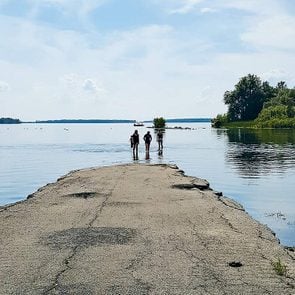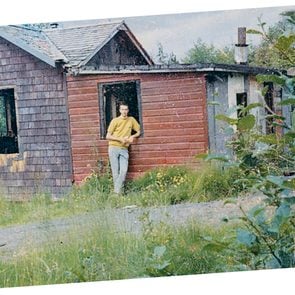You Can’t Go Home Again
What do you do when life takes away a town that meant so much to you as a child?
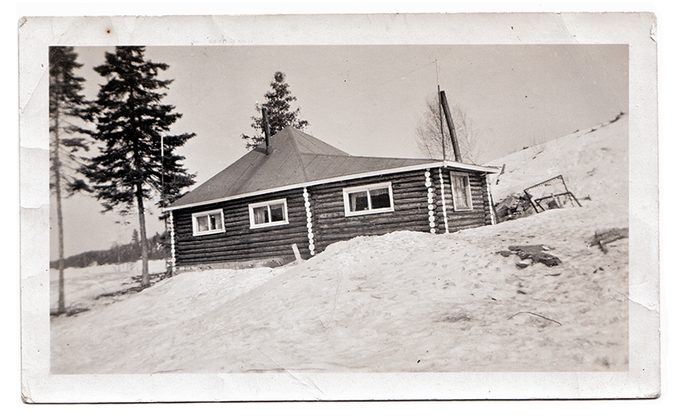
Sapawe: My Hometown
I left the small but lively town of Sapawe in northwestern Ontario when I was 12 years old. The year was 1960 and having spent all of my childhood there, this community was all I ever knew. But when my family of six was on the move, so was I. Years flew by and though I never returned to that small community, my memories of growing up in Sapawe were always happy ones. I knew there would come a day when a visit to my childhood hometown would be in order, and with 60 years having flown by, it seemed like the time was right to return.
I began to investigate what had become of Sapawe. Using Google Earth, I located my beloved Ontarian childhood town. I was able to look down on the site where Sapawe was located, with the satellite view clearly showing Sapawe’s winter landscape.
To say I was a little shocked by what I saw would be an understatement, as not one house or recognizable building was left standing. All I saw was a sprawling lumber operation with a few giant structures and a number of roads. Luckily, the location of the railroad tracks remained unchanged and that allowed me to get my bearings.
Virtual Recall
I zoomed in on the lakeshore where our log house had once stood. Though I was not convinced that the shoreline was still the same, I found the bend in the lake where we used to live. There was no log house left, and the cabin behind it had also vanished. In fact, the only house that I could find from the old days was a place we called Whitehead’s, another lakeshore home visible from our front yard.
I also virtually visited the road we used to call the North Road, which still headed north and past an old open-pit mine. The water control structure, which we called The Falls, was still south of our old home and continued to outflow into the Atikokan River. A bay across from our house used to feature an amazing wooden causeway that led to a mysterious fishing mecca called The Floodwaters. It no longer had those appealing features and was now called Dump Bay. What a sad name!
It was clear to me that there was no longer a town of Sapawe to visit. What do you do when life takes away a town that meant so much to you as a child? I have opted to write a short story describing a few highlights of the wonderful community that once thrived there. This is my way of keeping the memory of that tiny village alive.
Sapawe Recollections
The lumber industry was always a big part of the existence and identity of Sapawe. Most of the clearing in the boreal forest where the town sat was given over to the lumber and logging industry. This included the sawmill, bunkhouses, cookhouse, giant horse barn, two blacksmith shops and hundreds of acres of cleared hillsides covered with freshly cut lumber, stacked and ready for market.
I can’t say with certainty but I’d guess that not one of the dozens of private homes in town were built on deeded land, meaning the whole town was on mill property. But the people of Sapawe carried on their lives like it was any other town, shopping at the company store, obtaining electricity from the company power plant located behind the company garage and getting fuel at the company fuel depot.
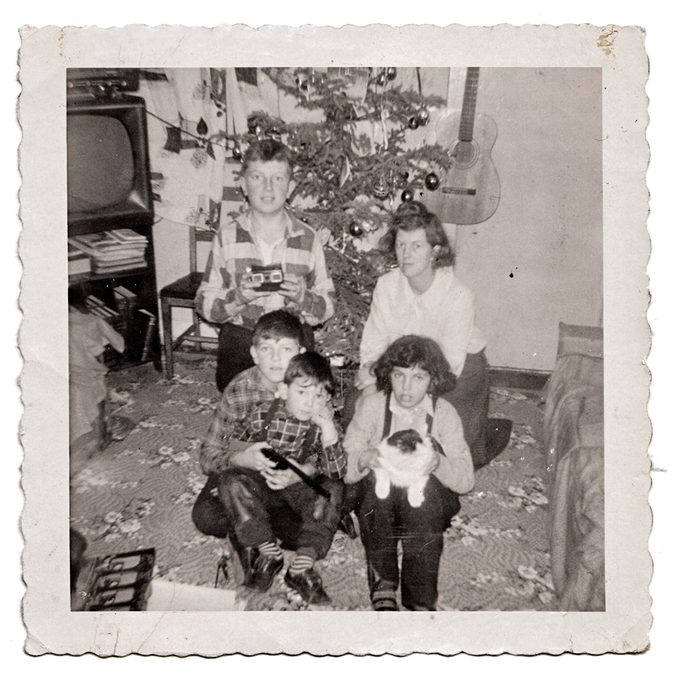
In Sapawe, there were two elementary schools, the new school and the big school. The new school was for Grades 1 to 4 and the big school for Grades 5 to 8. Christmastime was very memorable no matter which school you were attending because all grades were expected to participate in putting on the annual Christmas concert. Skits, multi-act plays, choreographed musical marches and group singing were all part of the show. The best part for us kids, was getting several afternoons off to gather at the big school to practice.
The evening of the Christmas concert was the only time we got a ride to school, as the whole family drove “up town” after supper to watch the concert. The highlight of the evening was of course, the arrival of Santa Claus.
The Heart of Sapawe
The only private business in town was the Sanchez Coffee Bar located on the main strip. This café was the heart of our community; all flocked to Sanchez, both young or old. Kids went for the comics, the candy and the pop. A handful of jawbreakers could be had for the low price of a penny! Adults went for everything from a full meal to a cup of a coffee and a slice of pie, or even just to chat.
For me, there was nothing better in the whole world than sitting on one of the coveted stools next to Dad, sipping a pop and staring at the wonders of the world on the shelves behind the server. Some of the items on display were Blue Mountain Pottery figurines, pictures made from birch bark and moss, jackknives with a picture of a Mountie on horseback, a perpetually dipping bird, popular sayings on plaques such as “Keep your temper, nobody else wants it” and many other eye-popping items.
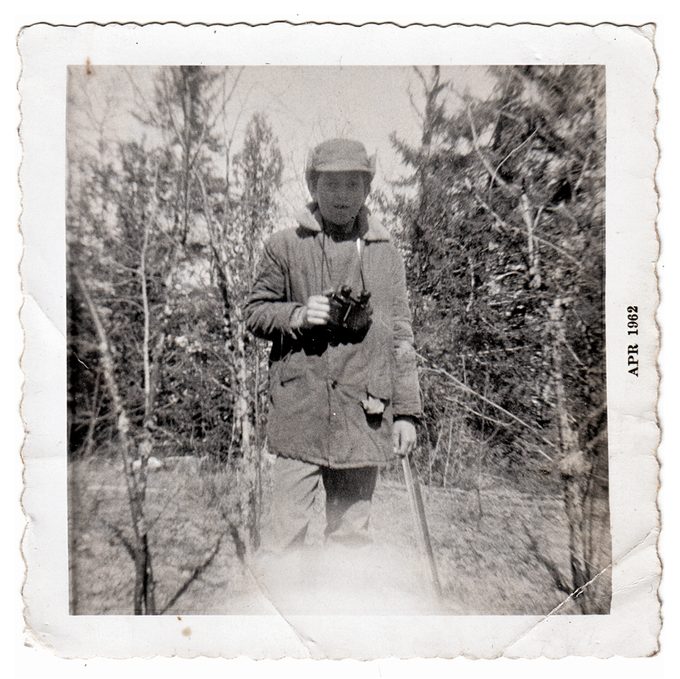
During summers, on sometimes very hot afternoons, Sanchez Coffee Bar’s big side room transformed into Sanchez Theatre. I remember watching a lot of western movies and some Dean Martin and Jerry Lewis comedies, but the only two titles I can recall are Annie Get Your Gun, and Niagara with Marilyn Monroe. When the movies and cartoons were done, we lined up in the coffee bar to buy a sweet treat from the cooler for our long, hot walk home. My favourites were a root beer Popsicle, and a strawberry sundae in a paper cup that I ate with a flat wooden spoon.
I am brimming with many more memories of life in the little town of Sapawe, all from my childhood perspective, which only tells a portion of the town’s story. It was a chapter of my life that I have never forgotten and those years shaped many of my lifelong interests such as painting, drawing, a love for nature and a passion for birding.
So, do I still plan to return to Sapawe, knowing that it is no longer the town it once was? Having enjoyed the virtual drive up to the locked gates of Sapawe many times now, I hope that one day, someone with the real keys to that locked gate will read this story and say, “Welcome to your childhood hometown! Come on in and explore to your heart’s content. Your town’s not gone, it’s just different.”
Next, read the haunting story of Balaclava, Ontario’s most famous ghost town.
